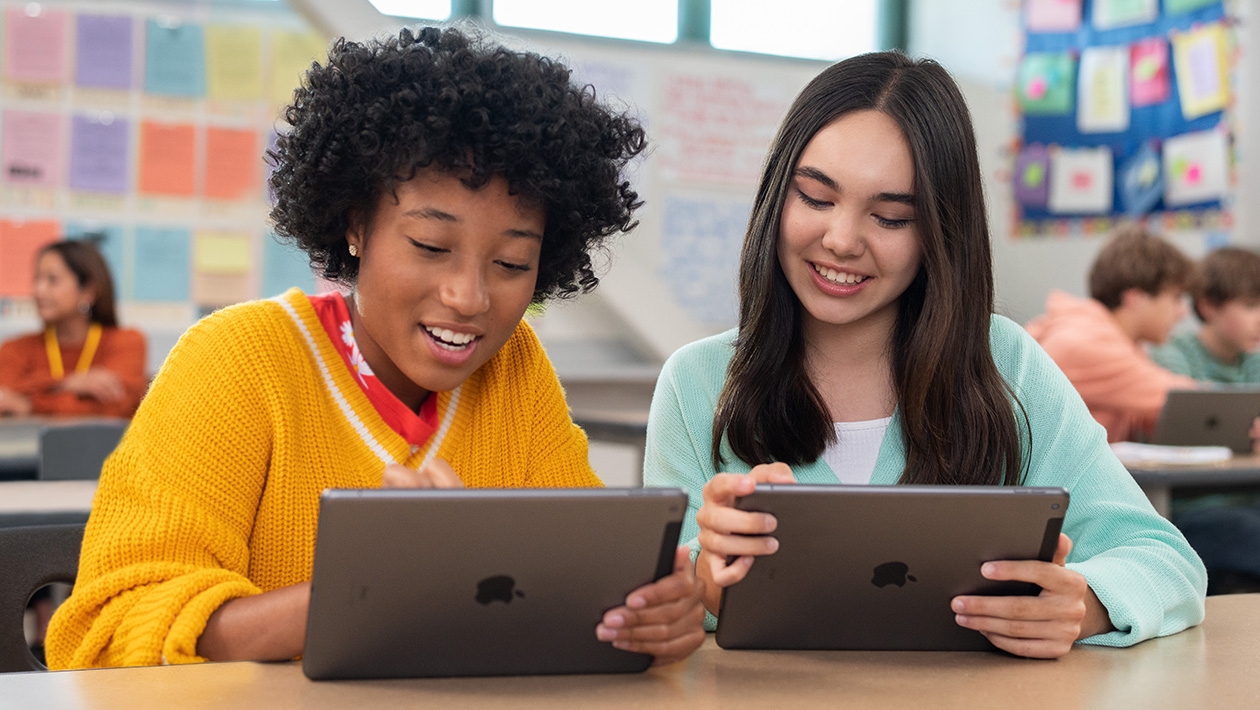Ahead of Code Week next month, you may be curious on how to bring coding into your classroom. Teaching students how to code apps and understand how apps work can have numerous benefits. From critical thinking and problem-solving skills, to encouraging creativity and enhancing digital literacy. Teaching students to create their own apps empowers them to turn their ideas into reality.
Over the last year, I’ve had the opportunity to work closely with teachers across various year levels and subject areas, and we’ve been able to introduce an app design project for a unit of work they were learning. Teachers capacity and understanding around coding ranged from novice to having a good understanding of how programming works.
We started by identifying a unit of work they were teaching. It ranged from Medieval Europe in History to sedimentary, igneous and metamorphic rocks in Science. The goal was to introduce app design to students and integrate it into a unit of work students were learning.
There are many resources available for you to get started on a creative and engaging project using Swift Playgrounds.
From the App Design Journal, to a Quick Start to Code and the Celebrating You Project, there are a variety of great resources for all educators, no matter where you are in your programming journey.
Below is a quick snapshot of how we were able to bring in the app design component to the unit of work in most classes. It started by ideating what our app would look like using the App Design Journal, to a brief into with Get Started with Code, to then jumping into the About Me project in Swift Playgrounds.
One of the most useful features within these projects are the guides embedded in most of the projects. Within the guides, you have a series of step-by-step walkthroughs. These help you and your students explain the code already provided and experiments that show new features for the sample app. This means students can work at their own pace, all while understanding each step of the way.
If you much prefer to watch a video and follow along, here’s a workshop I put together as part of this year’s Back to School Series. In this video, I show you step by step some of the basic features to help you get started and get your first app up and running. While this particular example focuses on Green Energy, keep in mind you can tailor it to suit the needs of your program.
There are so many fantastic resources available. One of my favourite is the Teaching Code with Swift Playgrounds in the Apple Education Learning Center. Not only does it have a bite-size example and explanation on getting started, writing code and sharing your app playground, but it also has links to some exciting Everyone Can Code Projects with all the resources and materials you need to take your app even further.
Once you’ve given it a go yourself and with your class, it’d be great to hear how it all went, what content you used it for and any other reflections you can share with the wider group of educators embarking on this new (sometimes daunting) journey of coding an app. 🤓 Feel free to share in the comments section below. 👇🏽












September 18, 2023 . English
English
Thanks for sharing so many fantastic ideas, practical tips and resources in this post!
This action is unavailable while under moderation.
This action is unavailable while under moderation.